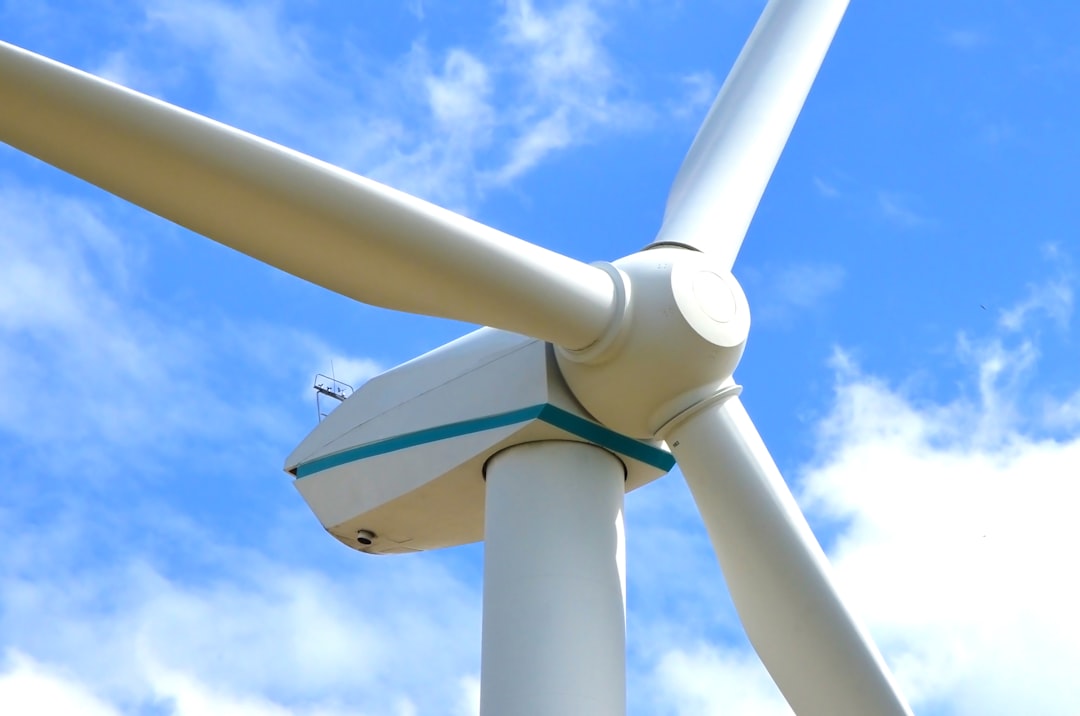What is it about?
India is the third largest emitter of CO2 after China and the United States. We estimated the complex inter-sectoral carbon linkages of the Indian economy using a hypothetical extraction method. In addition, this study develops a methodology for calculating energy and non-energy related industrial carbon linkages.
Featured Image

Photo by Marcin Jozwiak on Unsplash
Why is it important?
The paper presents a comprehensive analysis of the various industrial carbon linkages and their major energy and non-energy sources to help India’s Government with targeted mitigation efforts.
Perspectives
This paper identifies the following deficiencies with the existing industrial carbon linkage literature. First, to the best of authors ' knowledge, almost all carbon-linked literature using hypothetical extraction method (HEM) aggregates total emissions from the use of different types of fossil fuels, rather than reporting these emissions from the use of different fossil fuels separately. Second, there is no such study available that provides energy and non-energy related industrial carbon links for a particular economy. Finally, there is not much literature available on the complex inter-sectoral carbon linkages of the Indian economy, particularly under the HEM method. This paper addresses these important research gaps and develops a methodology for the identification of different direct and indirect industrial carbon compounds based on fossil fuels and non-energy.
Dr. Muhammad Jawad Sajid
Xuzhou Institute of Technology
Read the Original
This page is a summary of: Sectoral carbon linkages of Indian economy based on hypothetical extraction model, International Journal of Climate Change Strategies and Management, April 2020, Emerald,
DOI: 10.1108/ijccsm-11-2018-0075.
You can read the full text:
Resources
Contributors
The following have contributed to this page










